
The simple answer is because God said so at
Matt 16:18.
That, however, will not satisfy the sceptics.
Now, as a result of my earlier post, someone has asked me this same question.
I anticipated this, hence, in part, my earlier post on the subject.
So here's part of the answer I gave which I hope might be of interest to others.
Belief in the infallibility of the pope is a rational belief and can be proved rationally. However, an argument can be proved rationally and yet still be disbelieved. That is because people are not always rational.
All belief-systems - even atheism - are claimed by their adherents to be true. For a proposition to be true it has to be proved to be true or, at the least, not proved to be false.
Very few people think that the belief-system they choose to believe in is false, or even doubtful. Otherwise they would not believe in it.
This is the simplest form of "infallibility" - self-belief in one's own belief-system.
Now, if a person can be convincingly shown that his belief-system is false then it is a fair probability that he will eventually abandon it.
Catholics are no different in this respect.
 Caravaggio. Martyrdom of St. Peter. C. 1601
Caravaggio. Martyrdom of St. Peter. C. 1601The doctrine of papal infallibility is closely defined by the very organ which claims to exercise that infallibility viz., the Pope and an Ecumenical Council ratified by him.
The definition of papal infallibility made at the 1st Vatican Council in 1870 states as follows:
"We teach and define as a divinely revealed dogma that when the Roman Pontiff speaks EX CATHEDRA, that is, when, in the exercise of his office as shepherd and teacher of all Christians, in virtue of his supreme apostolic authority, he defines a doctrine concerning faith or morals to be held by the whole Church, he possesses, by the divine assistance promised to him in blessed Peter, that infallibility which the divine Redeemer willed his Church to enjoy in defining doctrine concerning faith or morals."There are 5 conditions set out in this definition.
If this definition is false, it ought therefore to be easy to rebut it by looking at the definitions of popes and Councils over the last 2,000 years of Roman Catholic Christianity.
All one need do is show that one pope or Council made a definition clearly inconsistent with, or contrary to, another such definition.
The problem is that you can't.
It has been tried and no-one has been able to show that the proposition is false.
There have been some close calls e.g. Popes Liberius, Honorius, John XXII and a few others. However, none of these entailed a clear contradiction.
The worst that can be said is that a papal, or papally approved, definition was ambiguous.
Ambiguity is not contradiction.
That is the first test - consistency.
 The Altar of the Chair in the apse of St Peter's Basilica,
The Altar of the Chair in the apse of St Peter's Basilica,
symbol of the Petrine teaching authority of the popes, given to them by our Lord Himself when He said (Matt 16:18) to St Peter "Thou are Peter, the Rock, and upon this Rock I shall built my Church and the gates of Hell shall not prevail against it". Around the interior of St Peter's dome those words are transcribed in Latin: Tu es Petrus, et superhanc Petram aedificabo ecclesiam meam.And it is a remarkable fact that the Catholic Church is the only belief-system in the world that can claim complete consistency of definitive teaching by its definitive teaching authority.
All other major world religions either do not have a teaching authority at all or else have an authority that does not teach consistently.
Round One to the Catholic Church.
And it is a vitally important round because if all other belief-systems fail the test of consistency of doctrine then they are simply not credible as belief-systems. And if the only one left is Catholicism then it has the best claim to be the true belief-system, even if only comparatively.
But consistency is not all. One can be consistently wrong, for example.
In his
Development of Christian Doctrine, Cardinal Newman went on to provide a list of 7 truth-tests which he applied to the development of Christian doctrine.
These 7 tests are those which can be readily seen to distinguish a corruption from a true development of doctrine.
By this Newman means, for example, a modern doctrine which clearly contradicts an earlier doctrine which is nevertheless claimed to belong to the same belief-system.
Here is a further example. A sect that claims that its members are the only true Christians but which teaches that faith saves but that virtuous works do not, teaches a doctrine which is not taught by Scripture. Moreover, all relevant historical records show such was not taught by the early Christian teachers. The sect's teaching is therefore a corruption and not a true development.
 Cardinal Newman (1801-1890)
Cardinal Newman (1801-1890)Newman's 7 tests of a true doctrinal development are:
(1) preservation of type;
(2) continuity of principles;
(3) the power of assimilating apparently foreign material without corruption;
(4) 'logical sequence' of ideas;
(5) 'early anticipation' of the future, mature form;
(6) conservation of the course of antecedent developments; and finally,
(7) 'chronic continuance'.
He then applies all of these tests to the various forms of Christianity and is forced, against his initial will, to conclude that only the Roman Catholic form of Christianity passes all these tests. Indeed, all the other forms fail the majority of these tests.
He considers all major Catholic doctrines in so doing.
Exactly the same exercise can be done for all the other major world religions and there one finds that none of them meet all, or even many, of the tests of a true doctrinal development.
In a further book, his
Grammar of Assent, Newman then looks at what is required for logical assent to any set of metaphysical doctrines and shows, with ineluctable logic, why only the teaching of the Roman Catholic Church merits such assent.
This is predicated on both deduction, as is metaphysical logic, but also upon induction, as all science is. From both forms of logic Newman proves the truth of Catholic Christianity and, indirectly therefore, of the doctrine of papal infallibility.
Formal inference is logic in the deductive sense. For Newman, logic is indeed extremely useful especially in science and in society. However, its usefulness is circumscribed by its initial assumptions.
Informal inference is akin to calculus. In informal inference one reaches a conclusion by considering the accumulation of converging antecedent probabilities. Natural inference is when the individual, in a simple and whole process, grasps the antecedent conditions and conclusions instantaneously. For instance, if one sees smoke, one may instantly infer the presence of fire. Natural inference, in Newman's view, is related to experience or innate ability.
Newman maintained that in real life, converging probabilities in favour of a conclusion are the basis upon which decision-making is made. One might cite statistical surveys, polls and so on as modern examples of such. The greater the accumulation of probabilities, the greater the likelihood of truth. This, too, is how a court of law works in arriving at findings of fact.
From his tests, Newman shows that non-Catholic religions are easily and readily dismissed as logically inconsistent and purely fallible, not infallible.
Complete atheism, however, cannot be dismissed so readily on that basis. It is at least consistent in claiming that there is no God at all.
However, atheism fails on other, more obvious, grounds.
 St Thomas Aquinas, the Dominican friar called by the Church "Angelic Doctor", probably the greatest of all the Doctors of the Church
St Thomas Aquinas, the Dominican friar called by the Church "Angelic Doctor", probably the greatest of all the Doctors of the ChurchThese grounds are addressed by St Thomas Aquinas in his
Summa Contra Gentiles which was aimed at non-Christians.
In this work he sets out his famous "5 Ways" which prove the existence of God. They are all eminently logical, convincing and rational.
The most famous is the argument for an "unmoved mover", predicated upon a regress of motion or causes back to an original "unmoved mover" or "uncaused cause" which men call God.
We see all around us that events have causes. How is it that all events in the Universe have efficient causes but not the main event, the creation of time and space?
If there was a "Big Bang" then what, or who, caused the "Big Bang"?
To say "no-one" or "nothing" is to say that a Universe of causes and effects has no cause and effect.
This is simply not credible.
 Start with a Bang?
Start with a Bang?
There may have been a Big Bang but if so, who or what caused it?We return to "papal infallibility".
Every belief-system has its teachers. All, except the Catholic Church, are either inconsistent at some time and place or else claim no clear authority and do not claim any definitive truth.
Any rational person must thus either go on and try to prove this statement to be untrue or else admit that papal infallibility cannot be impugned as inconsistent or illogical.
That being so then, if he cannot also disprove the logical inconsistency of other belief-systems, he ought, logically, to endorse papal infallibility by reason of the accumulation of evidence that Newman indicates is the basis of assent in the human mind in real life.
Putting it very simply, if the sun rises every day and sets every day then one cannot with absolute certainty say "the sun will rise and set tomorrow" but one may be sufficiently sure as to say that it is a truth that the sun rises and sets every day.
So, too, if one can show that the popes and Councils of the Roman Catholic Church have never, when making a purportedly infallible definition, contradicted themselves or made an internally illogical or contradictory definition, and that over the full length of 2,000 years since the Church came into existence, then one may say, with the same degree of certitude as in the sun rising and setting analogy, that papal infallibility is a true doctrine.
If it is indeed true then we have a final authority on earth for the declaration of truth and must follow it whenever it speaks, as being an organ through which the divine oracle itself speaks.
On the evidence of its self-consistency and passing of the 7 Newmanite tests, anyone who says that it is not true will either have to show how it fails those tests or else admit that he is saying something as sub-rational as that the sun will not rise and set tomorrow.
Now, no-one has been able clearly to show that the doctrine of papal infallibility fails the test of self-consistency or that it fails any of the other tests of a true doctrine.
Thus to deny papal infallibility is akin to denying that the sun will not rise and set tomorrow.
 Our Lord washing the feet of St Peter, His first pope,
Our Lord washing the feet of St Peter, His first pope,
a painting by Ford Maddox Brown in the pre-Raphaelite schoolIndeed, it is still more absurd since it is more probable that there may come a time when the sun will fail to rise and set. The idea that God could so providentially provide that, for 2,000 years, the organ that claims to be His final teaching authority on earth should teach consistently and without internal contradiction or logical error, but that He might allow it to fail at some future time and so amount to a supreme deception, is as absurd as suggesting that the whole Universe is the creation of a malignant arch-demon bent upon deceiving all mankind for no apparent purpose.
There may be some people who believe such an absurdity but few would give such persons much credence.
Even atheists like Dawkins and Hitchens would laugh at such an idea. They prefer random natural selection - not a supernatural deceiver. If they believed in the latter then they would, logically, believe in a a god-figure but, since they are atheists, they do not.
Belief in papal infallibility is thus entirely rational and far more rational than belief in any other belief-system, whether atheist or theist.
Ergo.Anyone care to have a go at challenging this argument?
Over to you.
 The Roman Pontiff, Pope Benedict XVI, the chief priest and spiritual teacher of God's Church upon the earth, by command of our Lord Jesus Christ Himself when He personally appointed St Peter as the first Supreme Pontiff of Holy Church
The Roman Pontiff, Pope Benedict XVI, the chief priest and spiritual teacher of God's Church upon the earth, by command of our Lord Jesus Christ Himself when He personally appointed St Peter as the first Supreme Pontiff of Holy ChurchSt Peter, the first Supreme Pontiff of Holy Church, pray for us!
...




















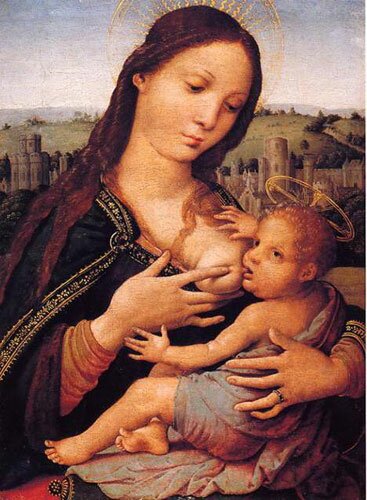

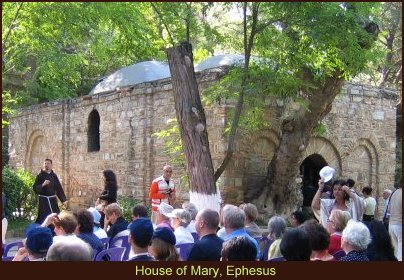




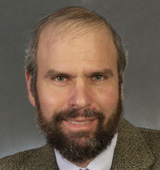



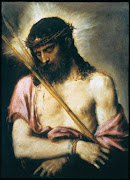



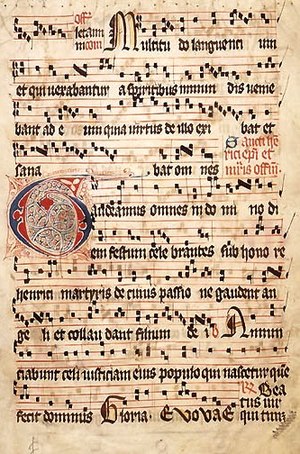

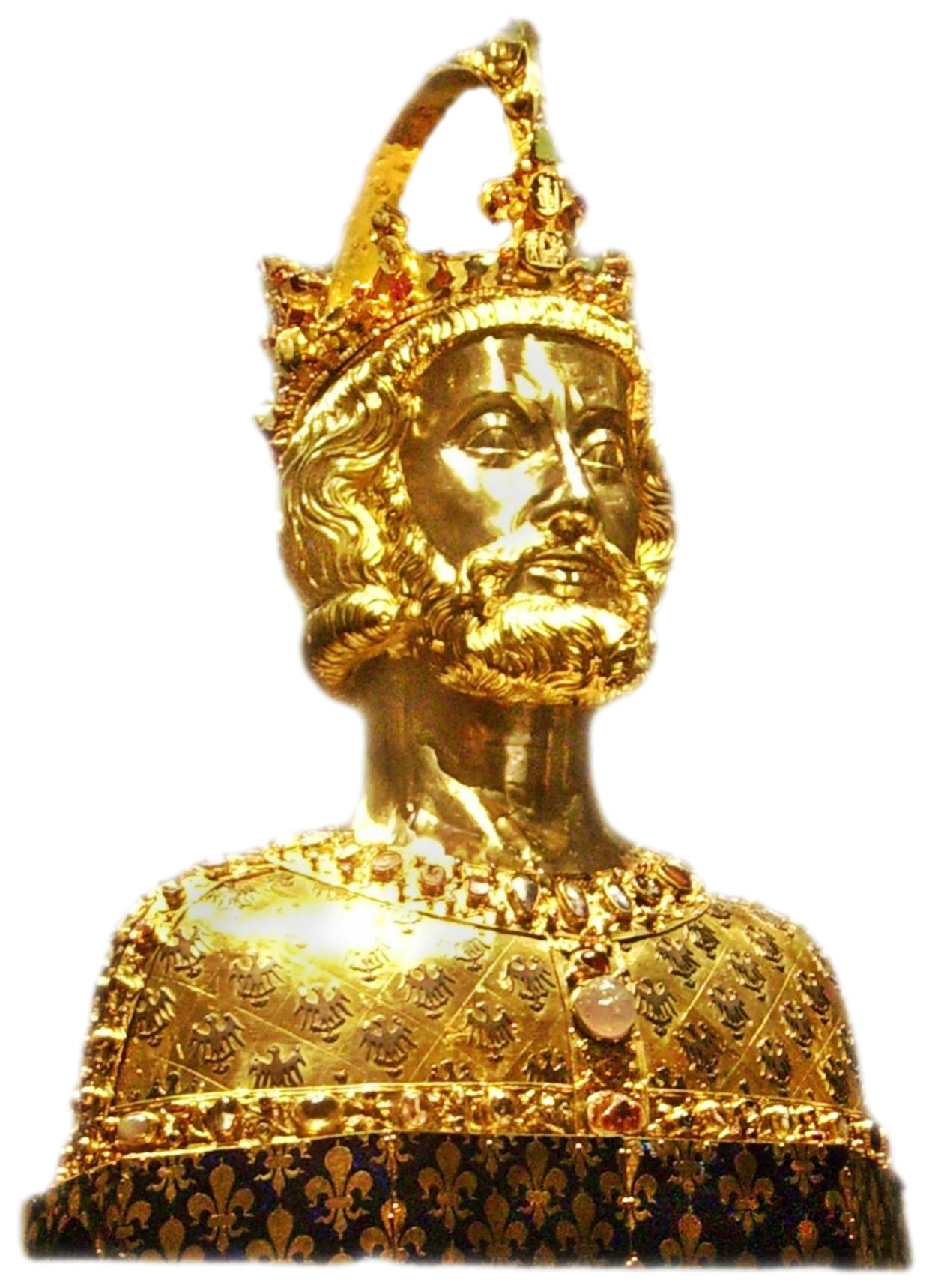



.jpg)





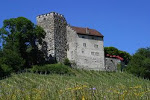


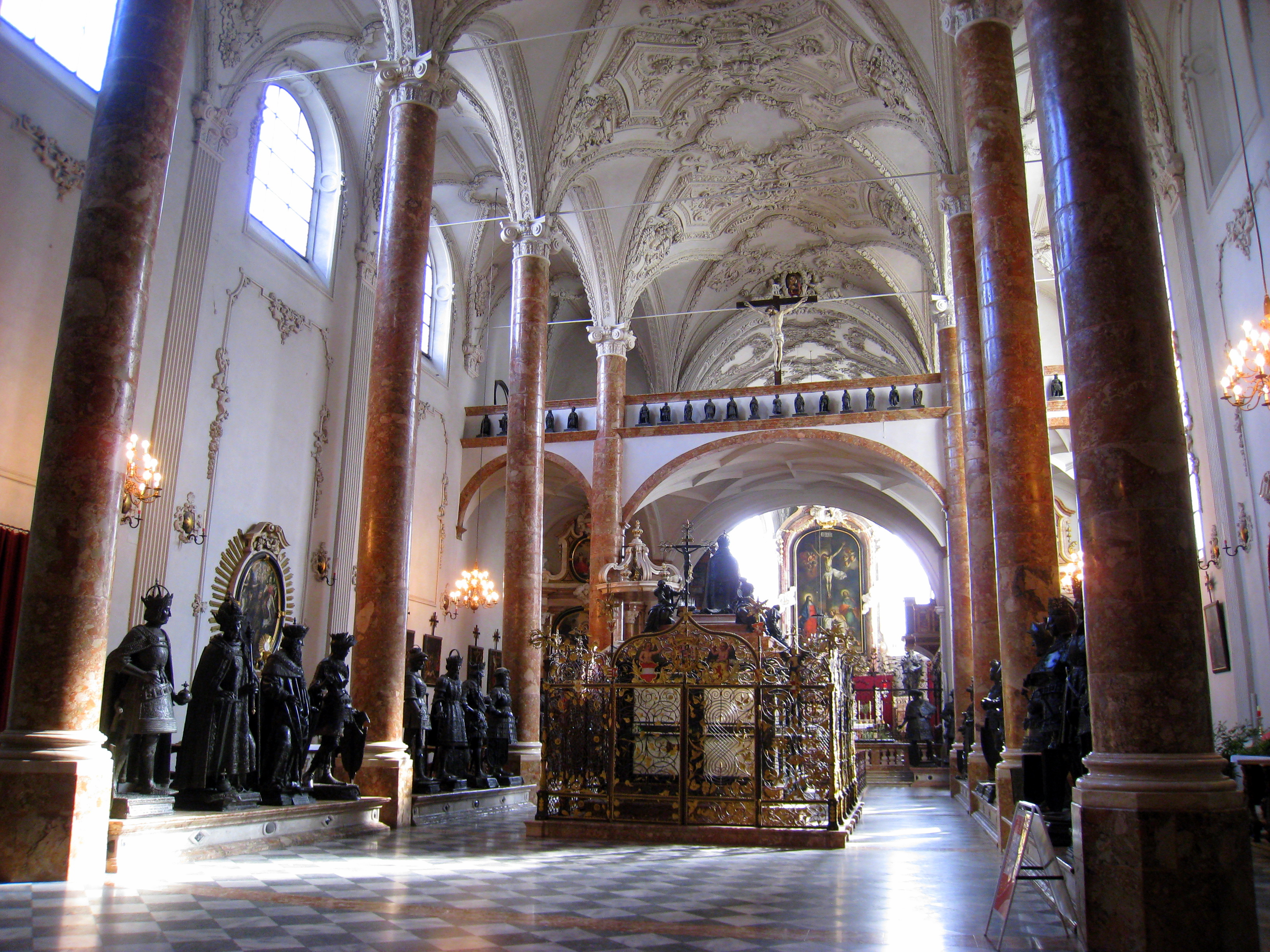


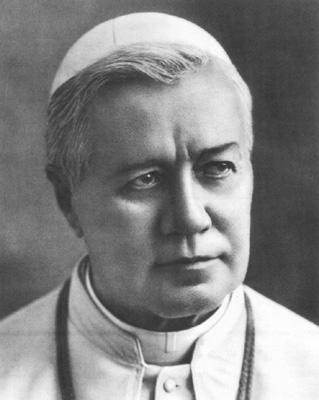










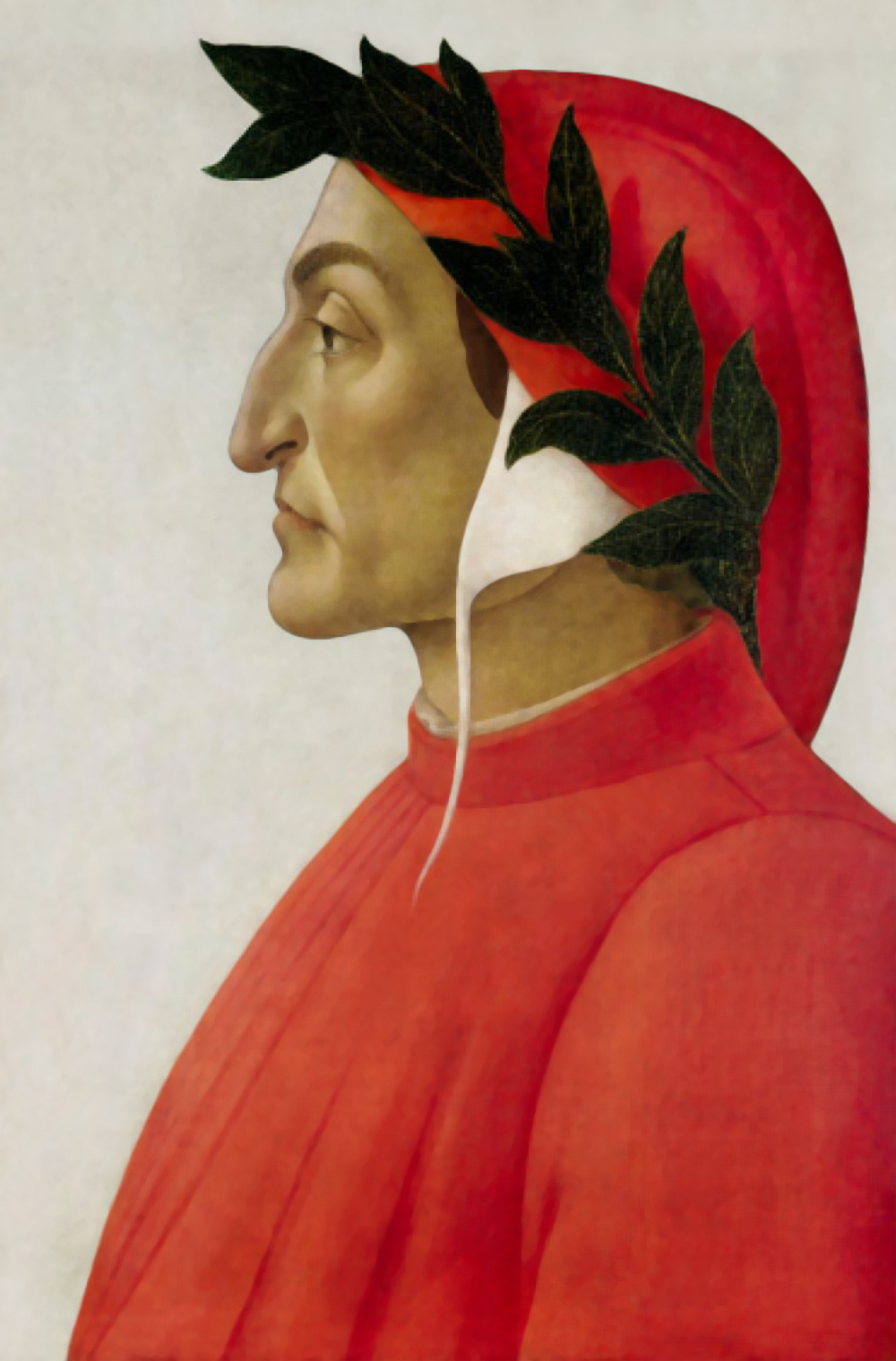



_-002.jpg/220px-Circle_of_Anton_Raphael_Mengs,_Henry_Benedict_Maria_Clement_Stuart,_Cardinal_York_(ca_1750)_-002.jpg)


